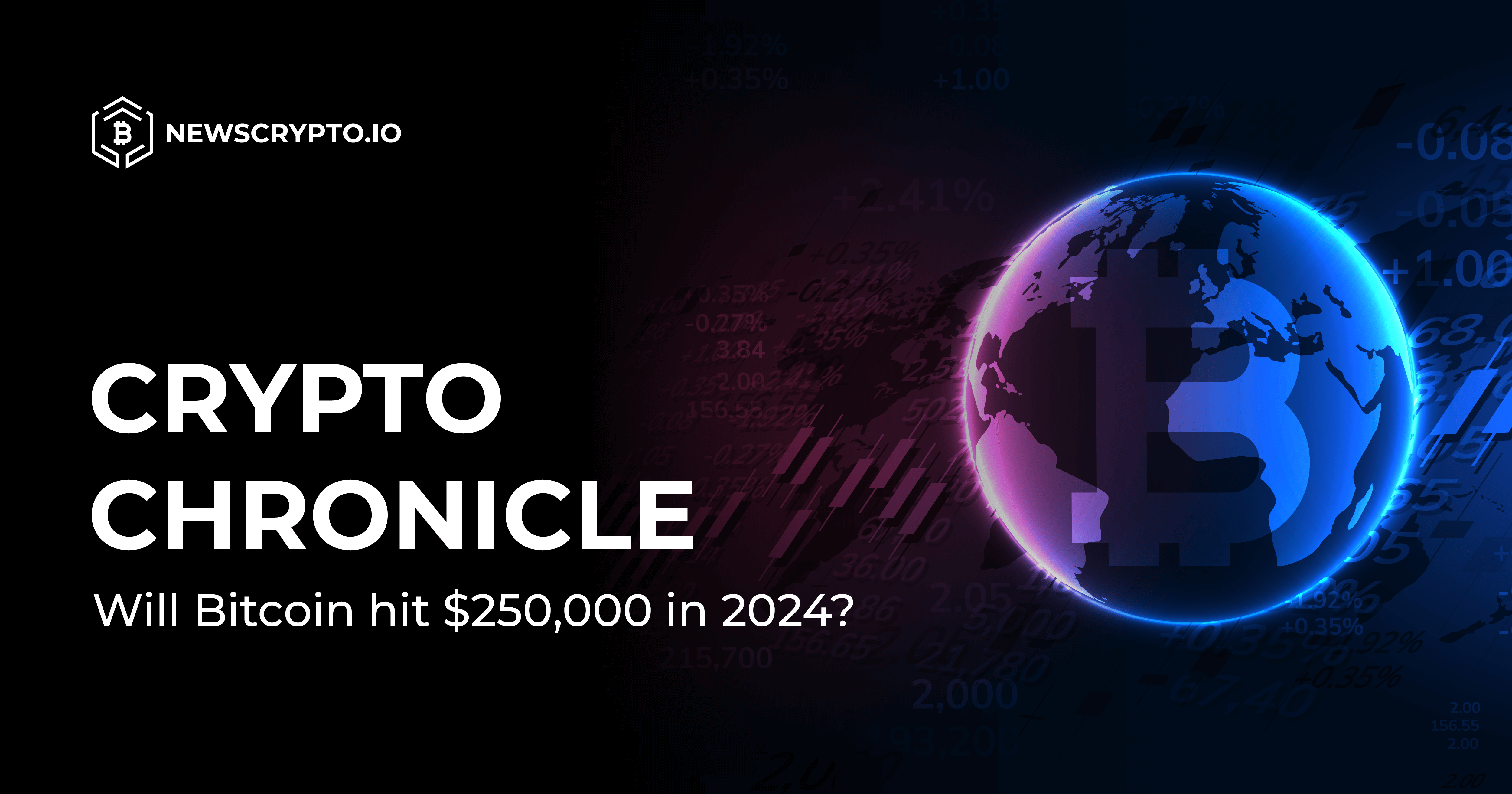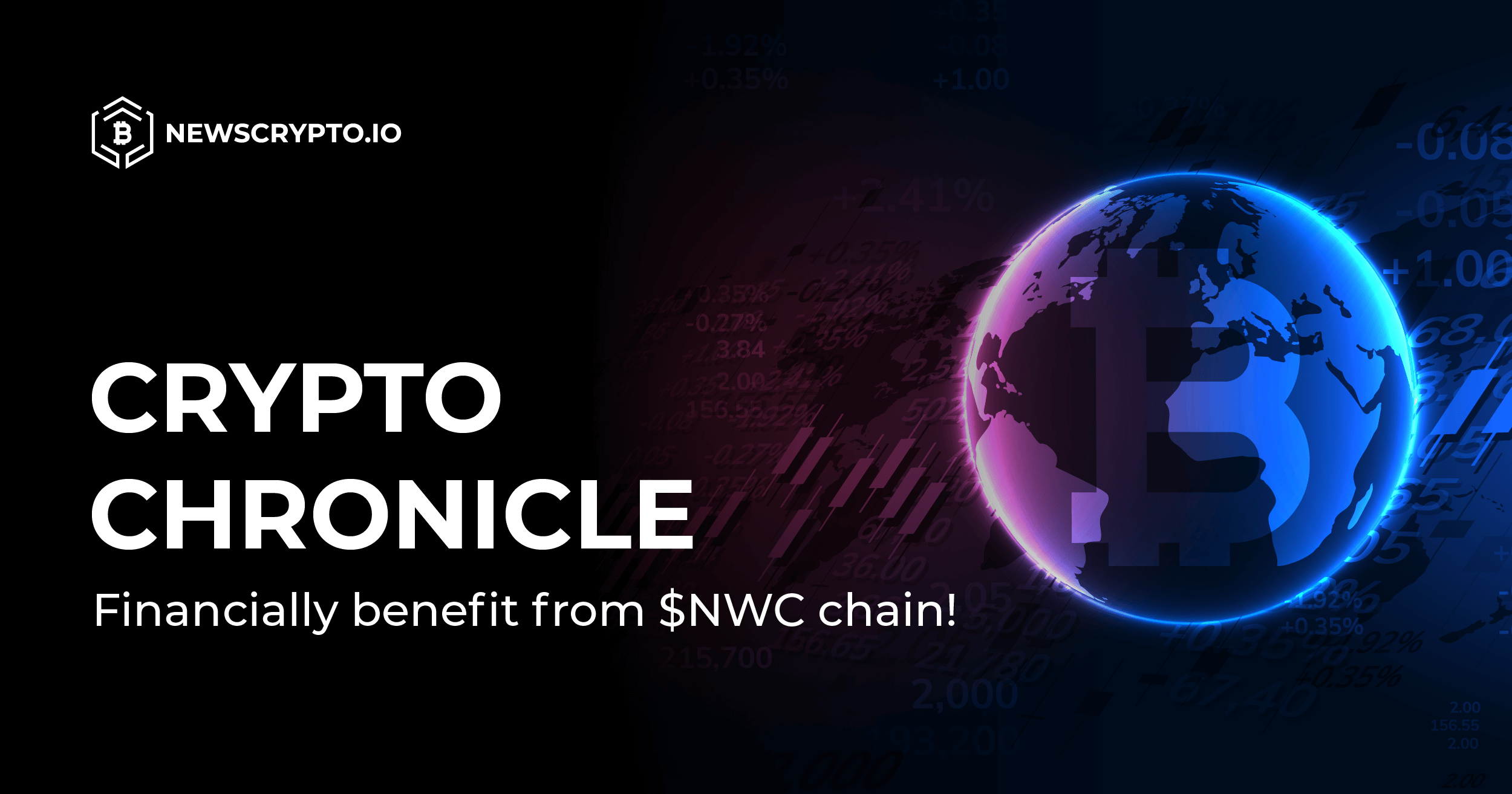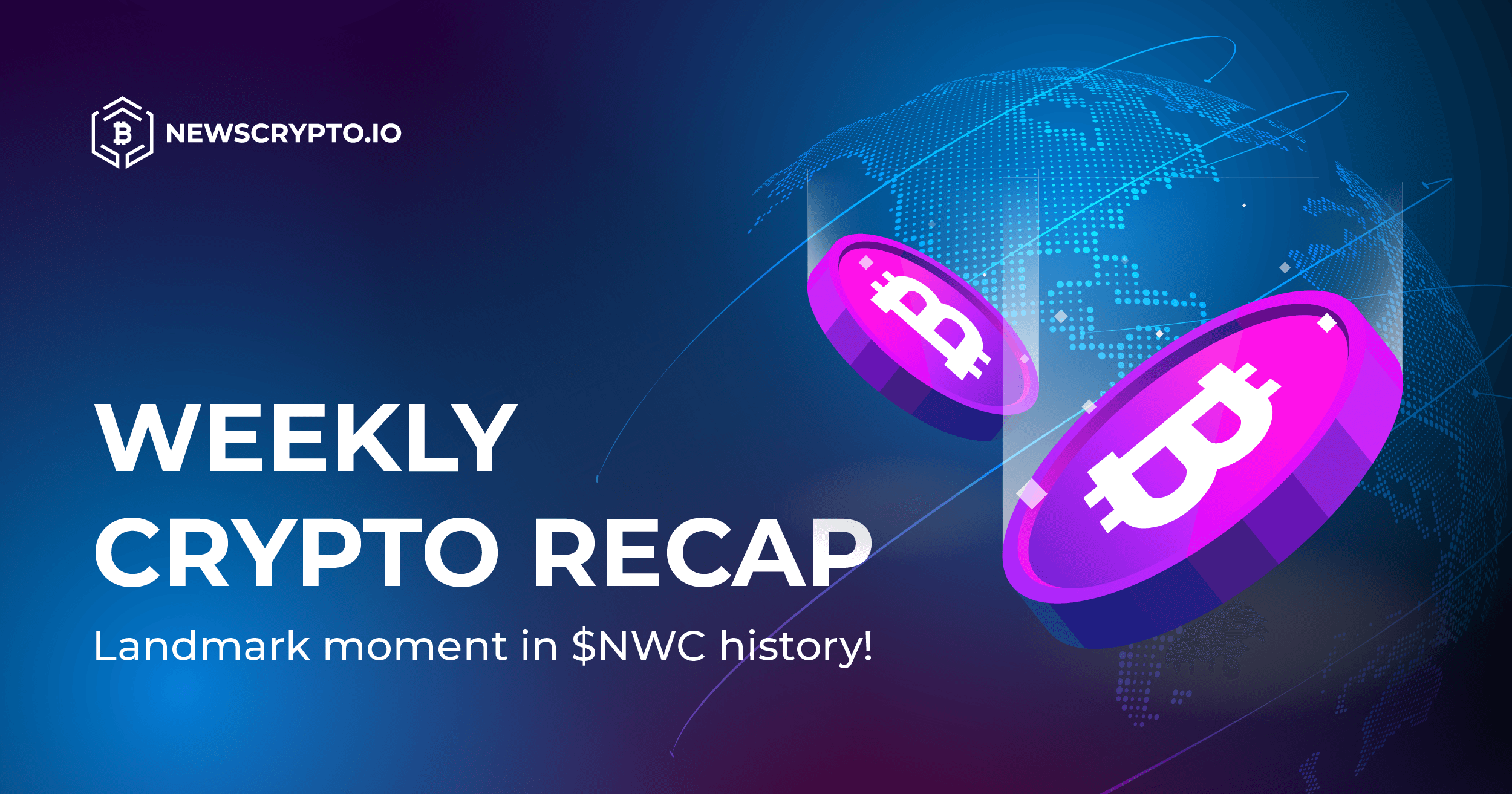In the last blog we examined the metaverse and its seven layers. Let’s kick off by refreshing our memory a bit and then diving deeper into how the metaverse relates to the cryptocurrency space.
What is the Metaverse?
The metaverse is essentially the next chapter of the internet that will merge augmented reality (AR), extended reality (XR) and virtual reality (VR) with our physical world. It opens up entirely new windows of opportunities, giving you the space you need to do whatever you want in an alternate reality. Everything from socializing and interacting with others, working, playing, shopping, creating, to learning about new places and ideas. It’s essentially another world beyond the world we live in, just virtual.
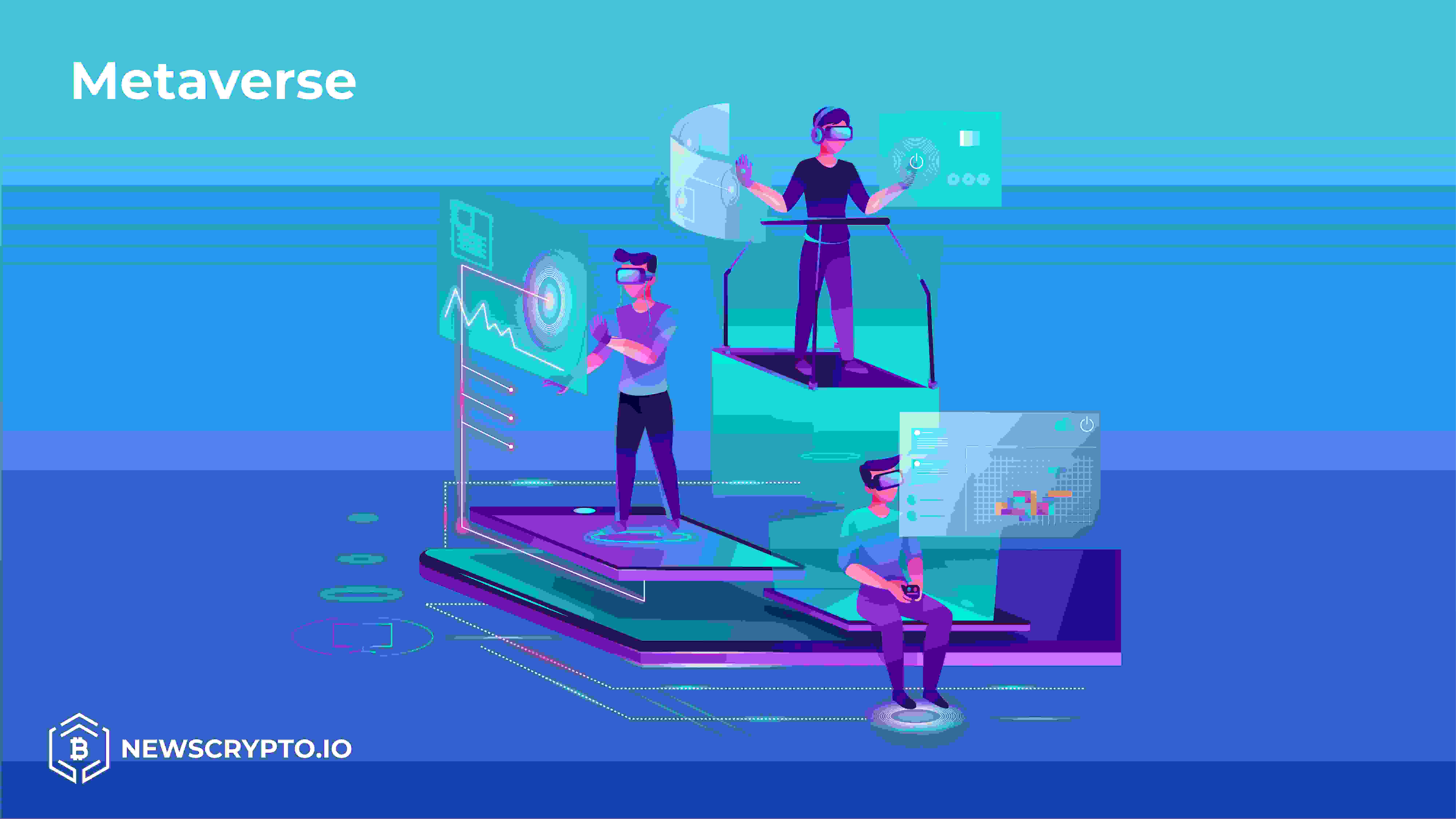
It gives you the ability to inhabit your own space and interact with others using an online avatar that moves, speaks and acts according to your will, giving you complete autonomy to do whatever you want. You can even buy or sell different digital properties, such as art, land or buildings.
How does the metaverse relate to crypto?
In the physical world, you transact via fiat currencies, which act as a medium of exchange for buying or selling. But how do you think you’ll transact in the virtual world? This is precisely where crypto comes in, as people perform transactions with either fungible tokens or non-fungible ones, known as NFTs.
This is where the term crypto metaverse comes from. It refers to a metaverse that incorporates blockchain and crypto assets into its underlying technology (crypto tokens into its economy), as the ownership is recorded on the blockchain and can be exchanged for digital assets (different types of tokens).
The major examples of crypto metaverses and protocols that incorporate these elements include Sandbox, Decentraland and Axie Infinity, but there are many other projects on a smaller scale. Although metaverse-like environments have existed for some time now, the implementation of blockchain technology and crypto being used as medium of exchange not only substantially changes what participants can do, but also demonstrates the real-world market value of assets (one of the key features of Crypto Metaverse), interactions, and experiences earned in the digital realms of blockchain games. For example digital land and objects are typically represented by different types of tokens, the ownership of which is recorded on the blockchain.
Key features of crypto metaverses
Crypto metaverses are distinguishable from earlier iterations of metaverses in several key ways:
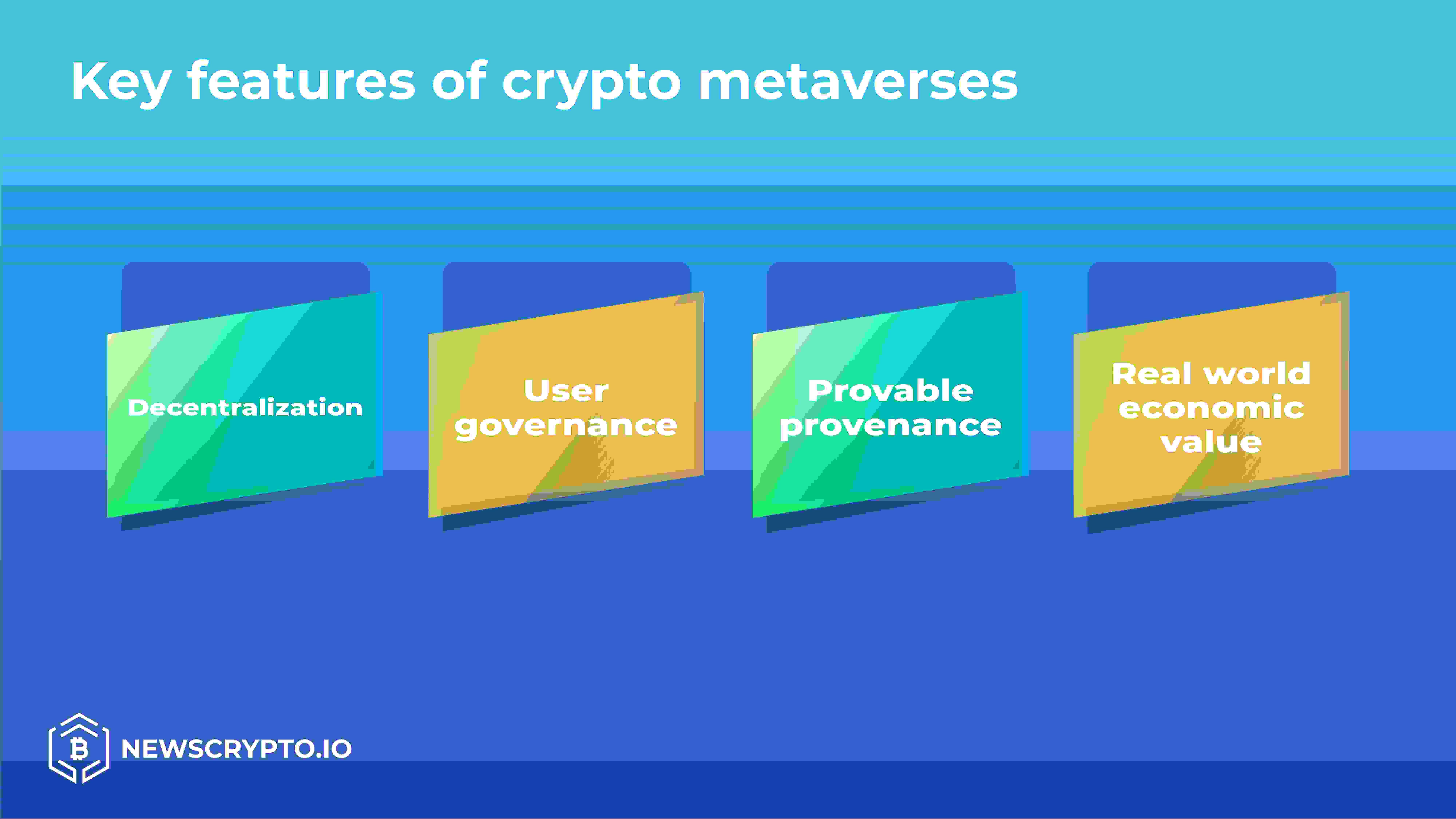
Decentralization: While early virtual worlds were owned and controlled by companies, crypto metaverses are typically decentralized, with at least some components being built on blockchain technology, meaning the ownership is distributed among its users.
User governance: Crypto metaverses use decentralized autonomous organizations and governance tokens to empower their users to control the game’s future, allowing them to drive changes and updates through voting, based on the amount of tokens they stake.
Provable provenance: Items from the Metaverse world can take the form of non-fungible tokens (NFTs). NFTs take standards of these items into the next level as the historical record of ownership of any asset (tangible or intangible) can be obtained from the public blockchain, which is permissionless, immutable, and censorship resistant.
Real world economic value: Because crypto metaverses use crypto tokens and blockchain infrastructure, their economies are directly connected to the wider crypto economy and further indirectly to the global economy. This means that these digital items have real world economic value, which can be obtained from the example that a parcel of real estate on Decentraland recently sold for $2.4 million, and a property in The Sandbox metaverse got sold for $4.3 million not long ago. These are only 2 instances of how valuable digital property can be, which leaves no wonder why people are turning to digital properties as a speculative investment.
To sum it up, crypto is essentially the key to accessing the virtual reality of the metaverse. Crypto tokens enable you to access digital assets ranging from virtual homes and businesses to digital art or other virtual items. Tokens are secured by blockchain technology, protecting your digital property from duplication or hacking.
Although blockchain technology is well-established, the metaverse itself is still evolving. While there’s a lot of hype surrounding what it will look like eventually and which company or project will lead the way, it’s going to take some time until we see how things are going to unfold.
* Check our second video on Metaverse below:
